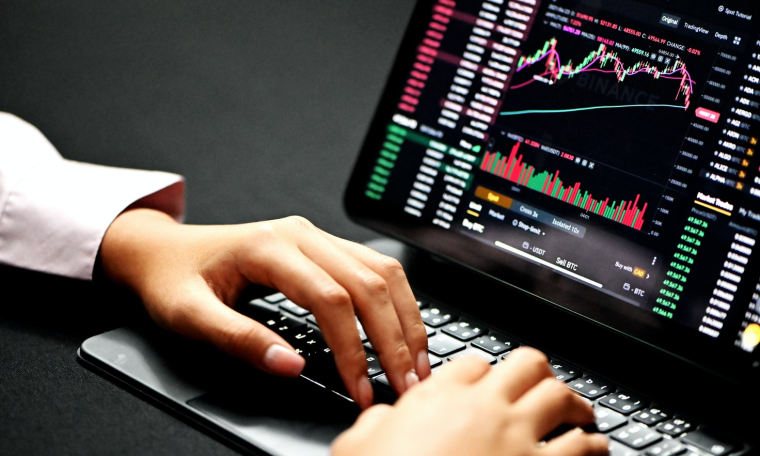
Under normal circumstances, investors trade using their funds with the hopes of making profits. Yet, the returns they get are limited to the number of resources they invest. Simply put, a greater amount of resources yields a higher profit. To boost their purchasing and selling capacity, investors often borrow money from a third party.
This trading strategy has become popular among experienced traders. The ability to significantly boost trading results has made this possible, especially in a low-volatility market. Besides providing a margin trading example, this article will provide a deep insight into margin trading and why it is a good option for traders.
What is Margin Trading?
Margin Trading represents the use of borrowed capital to carry out buying and selling transactions on the stock market. In most cases, the amount of funds that is borrowed is usually more than those in the investors’ account. Margin trading offers a unique opportunity to expand your profit with a relatively little amount of funds.
How Does Margin Trading Work?
Before employing margin trading, you must have some initial funds in your account. This initial capacity that is used to borrow funds is referred to as collateral. For instance, you have an initial margin requirement of 50% for your margin account. If you wish to buy securities that are worth $10,000, then your margin must be $5,000. You can then borrow the rest from your broker.
Again, let us imagine that you have $10,000 while borrowing $10,000 to purchase securities that are worth $20,000. If these securities increase in value by 50% to $30,000 and you did not borrow more than $10,000, then your equity becomes $20,000. What this implies is that your equity has just increased by 100%, from $10,000 to $20,000.
Why is Margin Trading Beneficial?
Even though the stock market can be volatile and the number of risks this brings cannot be ignored when margin trading is embraced, this trading strategy is still being adopted by several experienced traders for some reasons.
Trading on margin provides an opportunity to leverage assets. When you employ margin trading to buy securities, you can increase the size of your investment. This increases your purchasing power as the amount of profit you make is significantly boosted.
As explained above, when a certain percentage of the value of the securities you wish to purchase is borrowed, your equity can be raised by a certain amount of the value of the security purchased increases over time. This level of profit realized by trading on margin will be higher than trading with cash at hand.
When you buy on margin, you acquire a tool that can hasten an effective trade even if you do not have the required amount for the investment at hand. You can proceed knowing that if the stock increases in value, your gain multiplies.
Besides this, more trading opportunities become available since your purchasing power is increased markedly as you trade on margin. When you invest more with just a restricted amount of cash at hand, you can make the most of market opportunities. Furthermore, the interests on margin loans are tax-deductible against your net income.
In addition, you can diversify your portfolio when you adopt the use of your buying power – which margin trading provides you – if you have a concentrated stock position in your account. It is worth stressing that the significant profits that are associated with leverage trading can only be matched by the extent of risk that is involved when the market is very volatile. In these situations, a very small decrease in stock price can bring about a poor investment yield.
The ability to identify trends while analyzing charts, as well as evaluating both entry and exit points will minimize the level of risks that you will encounter when you embrace leverage trading. It will also help you anticipate risks as you trade effectively.
Conclusion
Margin trading is a popular trading strategy that many experts embrace due to the potential to realize higher profits. Despite this, leverage trading comes with a high level of risks, especially when trading in a volatile market. Yet, when proper analysis – which includes entry and exit points – is carried out, trading on margin will become highly rewarding.



